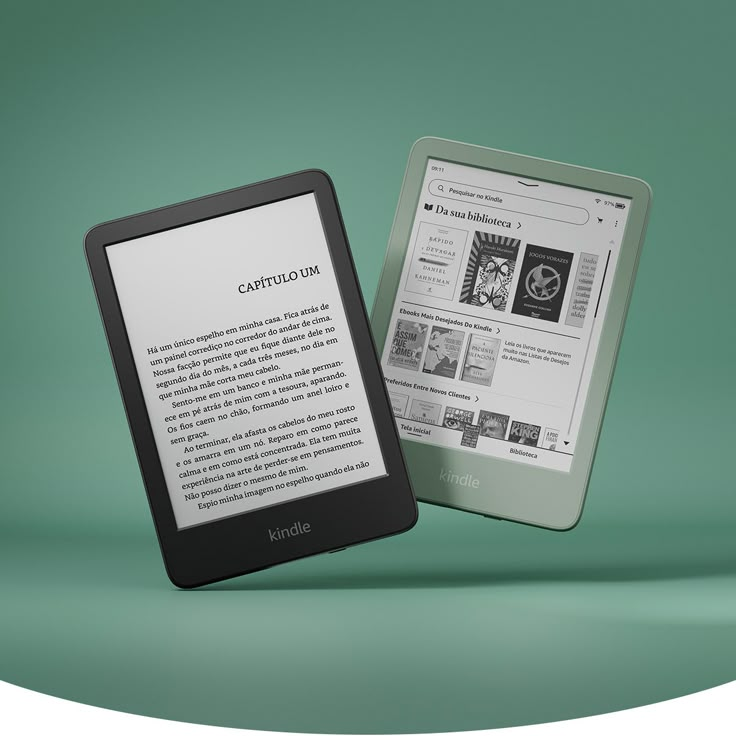Choosing between traditional and hybrid publishing is a critical decision for any author, as each path offers a distinct set of trade-offs. The best choice depends on your personal goals, financial situation, and how much control you want over your book’s journey. Here’s a guide to best hybrid book publishers to help you decide.
Assess Your Goals
The first step is to clarify what you want most from your publishing experience.
- If your primary goal is prestige and validation: A traditional publishing deal is a powerful mark of industry validation. It signifies that your book has been vetted and deemed commercially viable by a major publisher. This path can also lead to broader media exposure and placement in bookstores.
- If your primary goal is creative control and speed: Hybrid publishing is a better fit. You will have a significant say in your book’s design, title, and marketing. The timeline is also much faster, allowing you to get your book to market in months rather than years.
Consider the Financial Model
The financial investment is a major differentiator between the two models.
- Traditional Publishing (No Upfront Cost): The publisher takes on all financial risk, covering all costs for editing, design, printing, and distribution. In return, the author receives a small percentage of royalties (typically 10-15%). While there is no upfront cost, the author’s financial return is lower in the long run.
- Hybrid Publishing (Upfront Investment): The author pays a fee to cover the costs of production services. This fee can range from a few thousand to tens of thousands of dollars. In exchange, the author receives a much higher royalty rate (50% or more), which means the potential for a larger long-term return if the book sells well. You must be willing and able to make this financial investment.
Evaluate Your Willingness to Market
Marketing is essential for a book’s success, but the level of a author’s responsibility varies by model.
- Traditional Publishing: While publishers have a marketing department, their resources are typically focused on a handful of “lead” titles. Most authors are still expected to build their own platform and be an active partner in marketing, but the publisher is the primary driver of sales.
- Hybrid Publishing: This model requires a more proactive author. While the publisher provides strategic guidance and marketing materials, the author is the main force behind promoting their book. You must be prepared to be heavily involved in building your brand, engaging with readers, and driving sales.
The Final Decision Checklist
Ask yourself these questions to make an informed choice:
- Are you willing to pay an upfront fee for publishing services? If not, traditional publishing is your only option.
- Do you want to retain full creative control over your book? If yes, lean toward hybrid publishing.
- Is a quicker path to publication important to you? If a faster timeline is a priority, hybrid publishing is the clear winner.
- Are you comfortable with a lower royalty rate in exchange for no financial risk? If this trade-off works for you, traditional publishing may be the way to go.
- Do you want a collaborative partnership or are you looking for an endorsement from a major brand? Hybrid publishers offer a partnership, while a traditional deal offers the backing of an established house.
By carefully considering these factors, you can determine which publishing path is best aligned with your unique goals and priorities.


